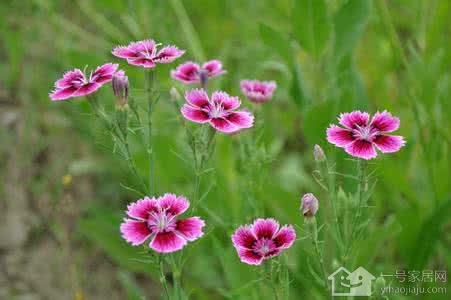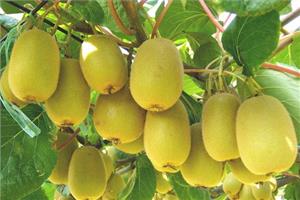The Culture method of Carnation matters needing attention in Carnation Culture
Carnation, also known as chrysanthemum, embroidered bamboo, Changxia, sunset grass, qu wheatgrass, pen crumbs, etc.; perennial herbs. Carnation gets its name because its stem is jointed and inflated like bamboo. Growing in grasslands and hillside grasslands, it has been widely cultivated as an ornamental plant in the world, and a large number of cultivated species have been cultivated. And carnation also has a certain medicinal value.

How to raise carnation flowers:
Carnation is cold-resistant, drought-resistant, not resistant to heat, poor growth or withering in summer, so attention should be paid to shading and cooling during cultivation. Like sunny, dry, ventilated and cool humid climate. Require fertile, loose, good drainage and calcareous loam or sandy loam, avoid waterlogging, good fertilizer. Sowing, cuttings and ramet propagation are commonly used. The optimum temperature for seed germination is 21 to 22 ℃. Sowing and reproduction are usually carried out in September.
The culture method of carnation:
1. Soil: clayey soil which requires good drainage, rich humus, good fertilizer retention and slightly alkaline, can be mixed with 6 parts of garden soil, 2 parts of compost and 2 parts of sandy soil.
2. Watering: the growth of carnation is strong and resistant to drought. In rainy and wet areas, the soil is easy to harden and the root system develops abnormally due to poor ventilation, so attention should be paid to loosening the soil and drainage in the rainy season. Except for timely watering during the growing and blooming season. It is advisable to keep the soil moist by watering less at ordinary times.
3. Temperature: the suitable temperature for the growth of carnation is 15-20 ℃. In winter, the temperature should be kept above 12 ℃ in the greenhouse. The air wettability should be kept at about 75%, and proper spraying of water before flowering can prevent the bud from cracking in advance.
4. Fertilization: Carnation likes fertilizer, applying sufficient amount of baking fertilizer and bone powder before planting, and applying liquid fertilizer continuously during the growing period, generally applying mature thin fertilizer and water every 10 days or so, and applying topdressing after flower picking.
5. Lighting: ensure 6-8 hours of light every day. At the height of summer, the carnation flower is in a semi-dormant state, so we should pay attention to avoid the hot sun exposure. Avoid stagnant water in the basin, otherwise the roots are easy to rot.
6. pest control: the common diseases of carnation are calyx rot, scab, gray mold, bud rot and root rot. Dysen zinc can be used to control calyx rot and rust pentoxide to prevent calyx rot. In the control of other diseases, benzoate zinc, carbendazim or carbendazim were used to treat the soil before planting. When it comes to red spiders and aphids, it is usually killed with 1000 times of dimethoate emulsion.
Points for attention in carnation culture:
Carnation is a perennial herbaceous flower with weak persistent roots, which is often cultivated as an annual or biennial plant. Potted carnation requires adequate basal fertilizer, 2-3 plants per pot. Seedlings grow to 15 meters high to remove the terminal bud, promote its branches, and then pay attention to the appropriate removal of axillary buds, otherwise more branches, will make nutrients disperse and flowers small, appropriate removal of axillary buds to concentrate nutrients, the town to promote the color of flowers when large. During the growth period, it should be placed in the sunny, well-ventilated place to protect, keep the basin soil moist, and apply mature thin liquid fertilizer about every 10 days. There are too many Rain Water in summer, pay attention to drainage and loosen the soil.
The above is the relevant introduction of this article, I believe you have a simple understanding of this after reading it, if necessary, you can continue to pay attention to the No. 1 home network for more information.
Related
- Wuhan Hospital Iron Tree Blooming Result Was Instantly Frightened by the Gardener Master
- Which variety of camellia is the most fragrant and best? Which one do you like best?
- What is the small blue coat, the breeding methods and matters needing attention of the succulent plant
- Dormancy time and maintenance management of succulent plants during dormancy
- Minas succulent how to raise, Minas succulent plant pictures
- What are the varieties of winter succulent plants
- How to raise succulent plants in twelve rolls? let's take a look at some experience of breeding twelve rolls.
- Attention should be paid to water control for succulent plants during dormant period (winter and summer)
- Watering experience of twelve rolls of succulent plants
- Techniques for fertilizing succulent plants. An article will let you know how to fertilize succulent plants.



